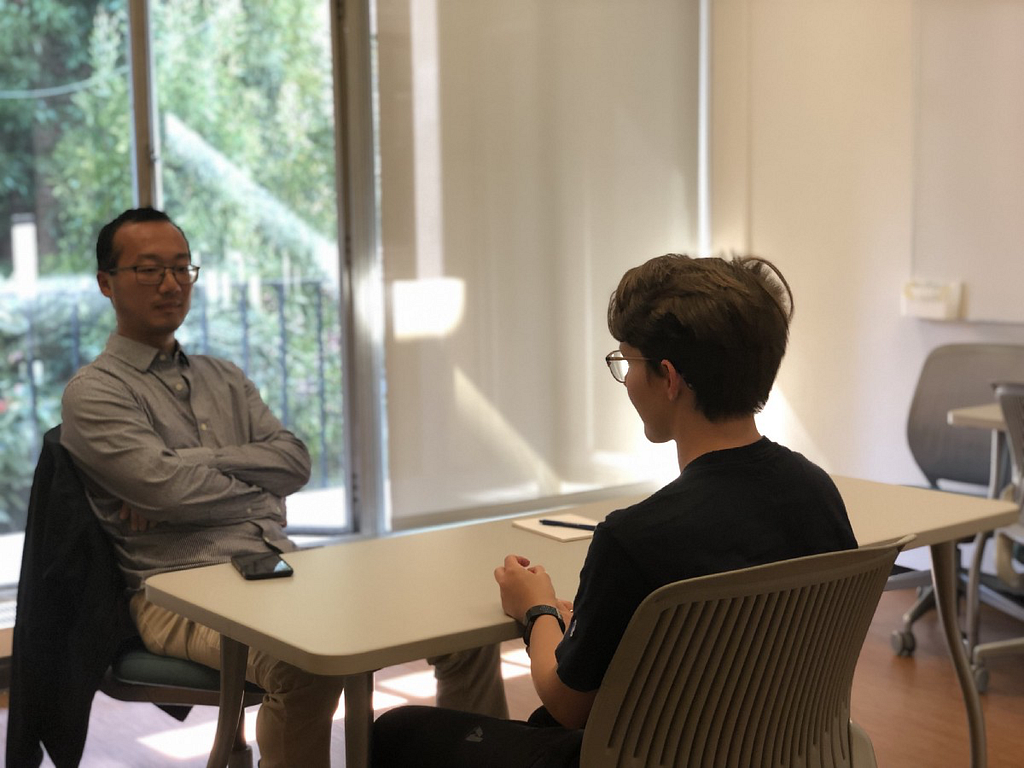Jimmy Wang, CTO of Zendar, on what makes a good engineer
The Berkeley alum shares his insights on the radar industry and advice for engineers in a changing landscape.
Jimmy is the CTO and co-founder of Zendar, a company that creates radars for autonomous vehicles. We sat down with Jimmy to learn more about his story.
How did you first start working in the radar industry?
“I studied computer science with a concentration in machine learning. That was back when the field of deep-learning just started. I worked for Earthmine after graduation. Earthmine was a startup started by Berkeley alumni, that builds vehicles mounted systems with cameras and lidars that is used to collect data for 3D map. We were a competitor with Google Streetview; we probably started before or just when Google Streetview started. In 2012 we were acquired by Nokia. We worked on what has now evolved into high-definition maps — centimeter-accurate maps for autonomous driving. I left Nokia 2015 and joined a couple of friends to start Zendar — we’re building products that combine the benefits of radar, such as long-range, all-weather operation, well-defined industry costs, all with the resolution of lidar.What is it like coming back to Berkeley in this capacity? What interests you in working with MEng students?
It’s really nice! I received my PhD from Cal in 2010, so I’ve had a close relationship with Cal ever since. Our company is located in Berkeley, so we’re very cognizant of the resources from Cal. The people who work with us are Cal alumni, [for example] Lou Graniou, a graduate of the MEng program. I heard about the MEng program 7 to 8 years ago, but only found out more about it recently through Lou. We are doubling down on Cal collaboration through our partnership in the Capstone project.How are radars applied?
Three sensors are [used] by cars — cameras (see textures and colors), lidars (laser-based range scanner) and radar (oldest tech in the field by far). Most cars have 2 to 3 radars used for cruise control or blind-spot detection. Radars are more common than cameras in cars, but suffer from bad resolution. While they can detect distance, they can’t distinguish shape.What is your vision for the autonomous space in 5–10 years?
There are probably 4 to 5 startups as I mentioned. We are all innovating in different parts of the radar landscape. For instance, someone is innovating a better antenna. We are making a system that takes off the shelf chips and improves the system with much higher resolution by merging different systems together and also merging vehicle dynamics together. There are people doing machine learning on the output of radar. There are people making better chips. So in the next 5 to 10 years, there may be a breakthrough for the next automotive radar with a price point that a car manufacturer will swallow. The goal is probably also to bring the functionality higher because I believe functionality drives the [market for] radar technology. Tesla and other players have been demonstrating that autonomous driving is possible. That is functionality pushing the requirement and [market] for radar.What makes a good engineer comes down to qualities that don’t change over time: how to figure out what the problem is, how to dissect a problem into manageable pieces and how to solve with rigor and thoughtfulness.
What advice do you have for the next generation of engineers?
I don’t think there is much difference between our, the previous and hopefully the next generation. The tools for engineers may change, and so may the field; for example, the trend from mechanical towards more electrical to computing. Even the tools for programming computers change. What makes a good engineer comes down to qualities that don’t change over time: how to figure out what the problem, how to dissect a problem into manageable pieces, and how to solve with rigor and thoughtfulness. That forces you to keep learning new things. This doesn’t change over time.”Connect with Jimmy // Edited by Anna Liang
Jimmy Wang, CTO of Zendar on what makes a good engineer was originally published in Berkeley Master of Engineering on Medium, where people are continuing the conversation by highlighting and responding to this story.




